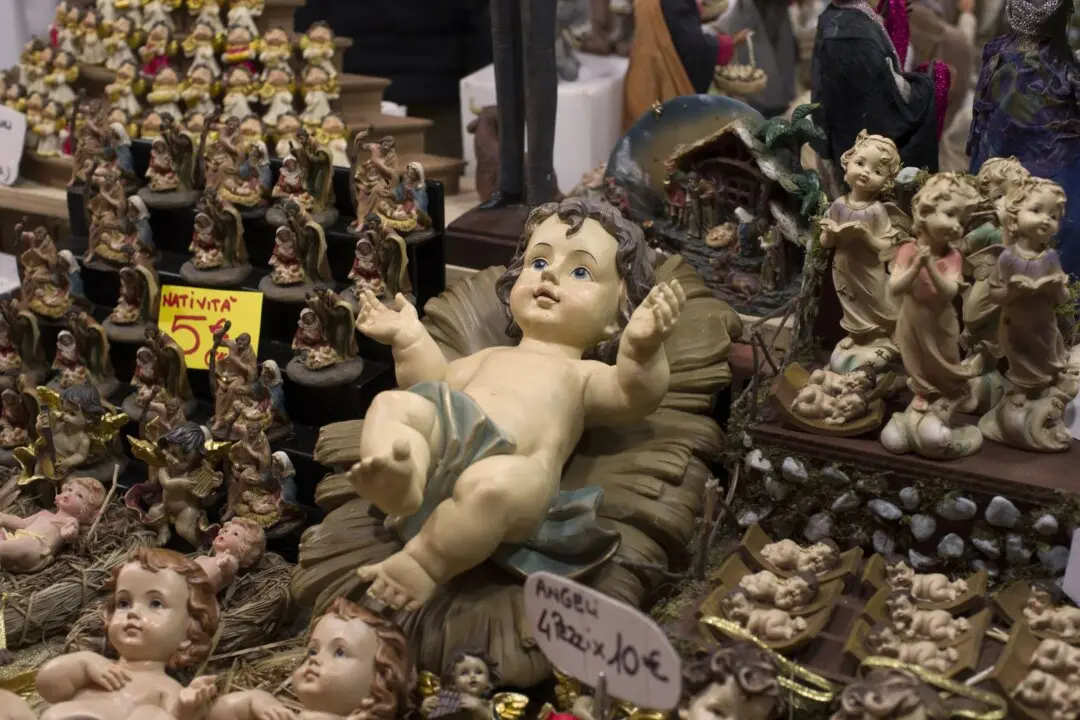Thomas Chippendale (1718–1779) carved out his career as a master cabinetmaker and designer in 18th-century England. The Chippendale name is synonymous with exemplary style, design, and exquisite detail to this day. As an entrepreneur, he not only could design and make furniture, but could also decorate and fill a home with lavish custom furnishings and fittings—and this is what he did with world-renowned success.
Born in Otley in Yorkshire, in the north of England, Chippendale’s family came from a long history of woodworking. As such, the young Chippendale probably apprenticed with his father, with further training likely given by Richard Wood, a leading furniture maker in York, according to the Chippendale Society. In 1748, Chippendale went to London to start his own workshop, which may have employed 50 people, along with additional workers who worked outside the workshop or even from home.






